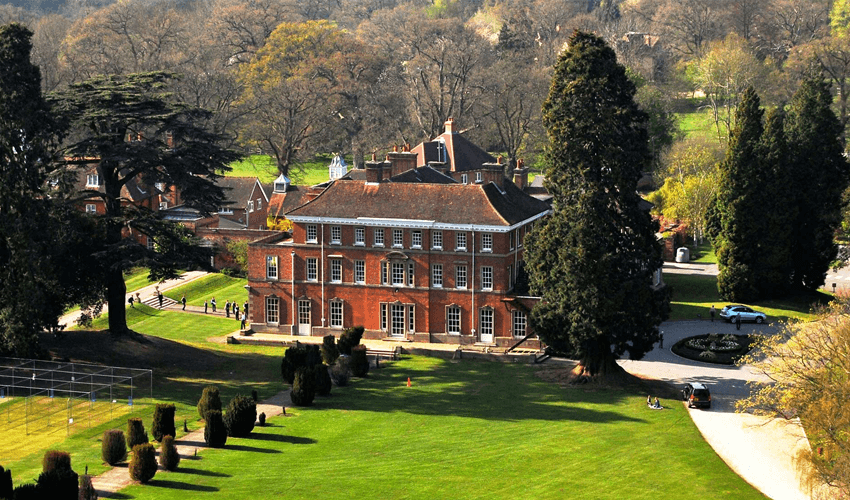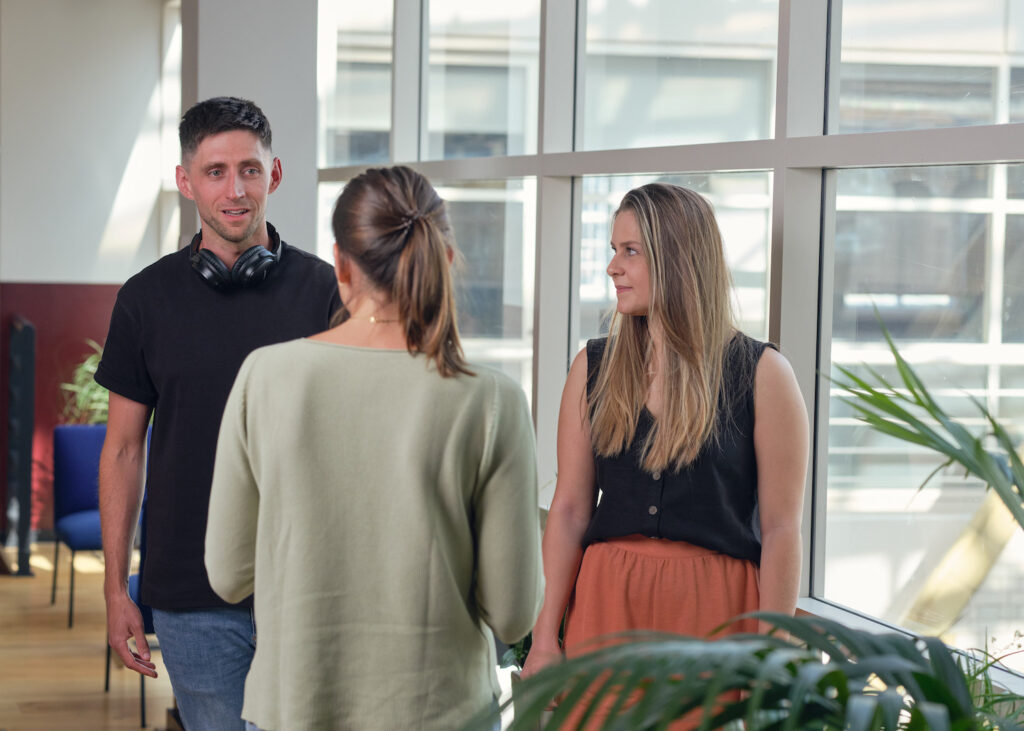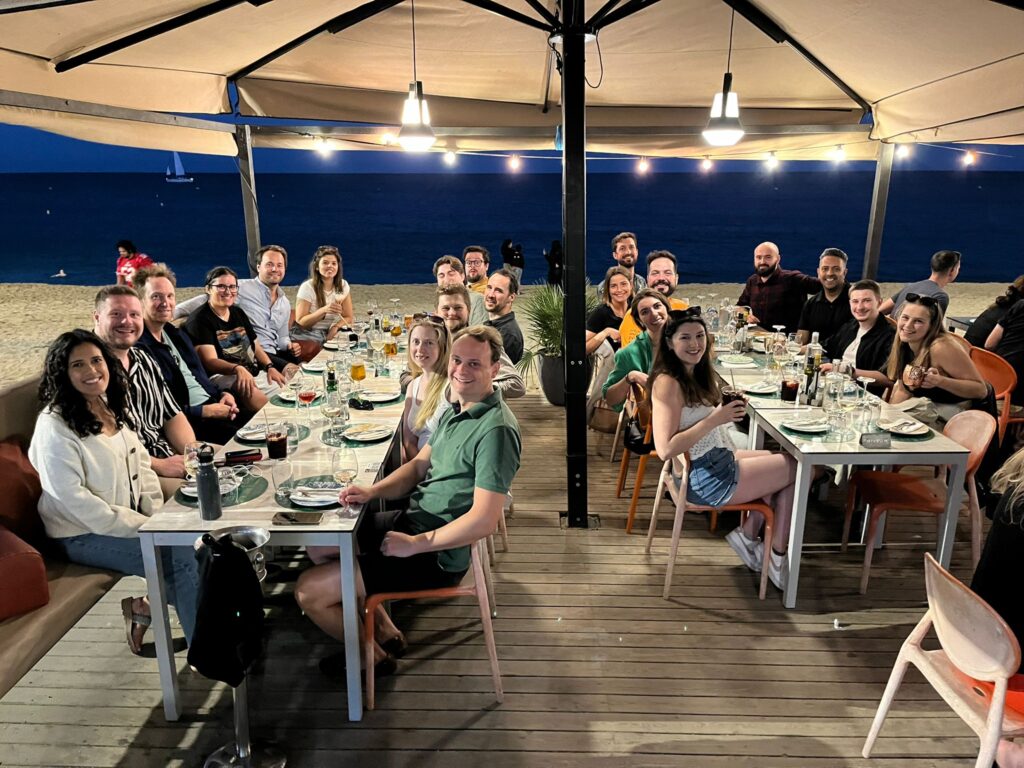9 ways to create the best school website – Part 2
In this post we’re continuing our 3 part series on how to create the best school website, giving you an insight into the key things we make sure to bear in mind for every school website project we manage.
4. Lead visitors on a journey
Once a visitor to the website has clicked on an item on your homepage you will know something about them. For example you will gain an understanding of their priorities and what they are looking for depending on whether they have clicked ‘Academic’, ‘Admissions’, or ‘Junior School’. The key to a good website is that once you have this information, make sure you pull them on a journey through the site with relevant ‘teasers’ to more content you know they will be interested in.
With Facebook or BBC News only a click away, you need to work hard to keep visitors engaged on your site, so make sure there are plenty of engaging links available, so that there is a good chance that they will click on one of your teasers and stay on the website. These ‘user-journeys’ should lead to a clear ‘goal’ such as requesting a prospectus, arranging a visit, or making an enquiry, so these ‘calls-to-action’ need to be prominent throughout.
Our job is to ensure that the page designs contain these teasers, and that you have a quick and easy way to create and manage the links on each page. We will also work with you to establish what the best ‘user-journeys’ should be.
The St. James Schools website has excellent ‘time on site’ and ‘pages per visit’ statistics which shows the success of the teasers in keeping visitors on the site.
5. Display fresh, engaging content throughout
A school should be a vibrant community full of activity and possibilities. A great way for prospective parents to get a sense of life at the school is through the day-to-day activities and successes of the school community. The website should therefore show an up-to-date calendar of activities within the school for that day, as well as recent news. But it doesn’t stop there, school websites should also show forthcoming events for parents, galleries of images from recent events, lists of sporting fixtures, and recent sports results with match reports.
All of this should be ‘surfaced’ to appear on relevant pages throughout the site, so that users are presented with related content depending on the page they are on e.g. academic news on the ‘Academic’ page.
The key in making all of this possible and manageable is for us to make sure that there is one entry point for the data so there is no duplication, and that it’s as easy as possible for you to keep it up-to-date. For example, the School Calendar should be pulled in on an automatic feed from your MIS such as iSAMS or any system you use internally to manage the calendar.
The Fixtures and Results should also come in on a feed from a relevant source such as School Sports which contains data on all schools so will likely already contain data on your school fixtures and results. We can even use Vimeo or Flickr to show recent image galleries or videos that have been created, and these can also be displayed automatically on relevant pages based on their category.
The Music department page on the Marlborough College website for example, automatically pulls in the latest video from the Music album of their Vimeo account. It also displays forthcoming events in the ‘Music’ category of their iSAMS school calendar, as well as latest news that has been categorised ‘Music’ alongside teasers to related pages in the website.
6. Use modern effects, but always with a purpose
Effects can be a great way to give a website ‘wow-factor’, but a site with too many effects and too much movement can become distracting and frustrating to use. Before you add any effect to the website, you should ask “what is the point of it?”.
Something we have done on a number of school websites is use the parallax scrolling effect to allow us to show large images on a site, without having to use the whole screen to do so. This effectively gives the user a window that pans over an image, so they get a view into the school – scroll down the Orley Farm School website to see what we mean.
By contrast the Elstree School website features a full-screen image, but we have added the ‘Ken Burns’ effect to give it movement and it almost gives it a sense of being a video.
Hover effects are also important to give users more information on a section they have shown an interest in (by hovering their mouse over it), and the main slider of the Unicorn School does exactly that by explaining what the photo is showing.
We’ve still got 3 more key things to bear in mind, so check out the blog in 2 weeks time for the next instalment!













